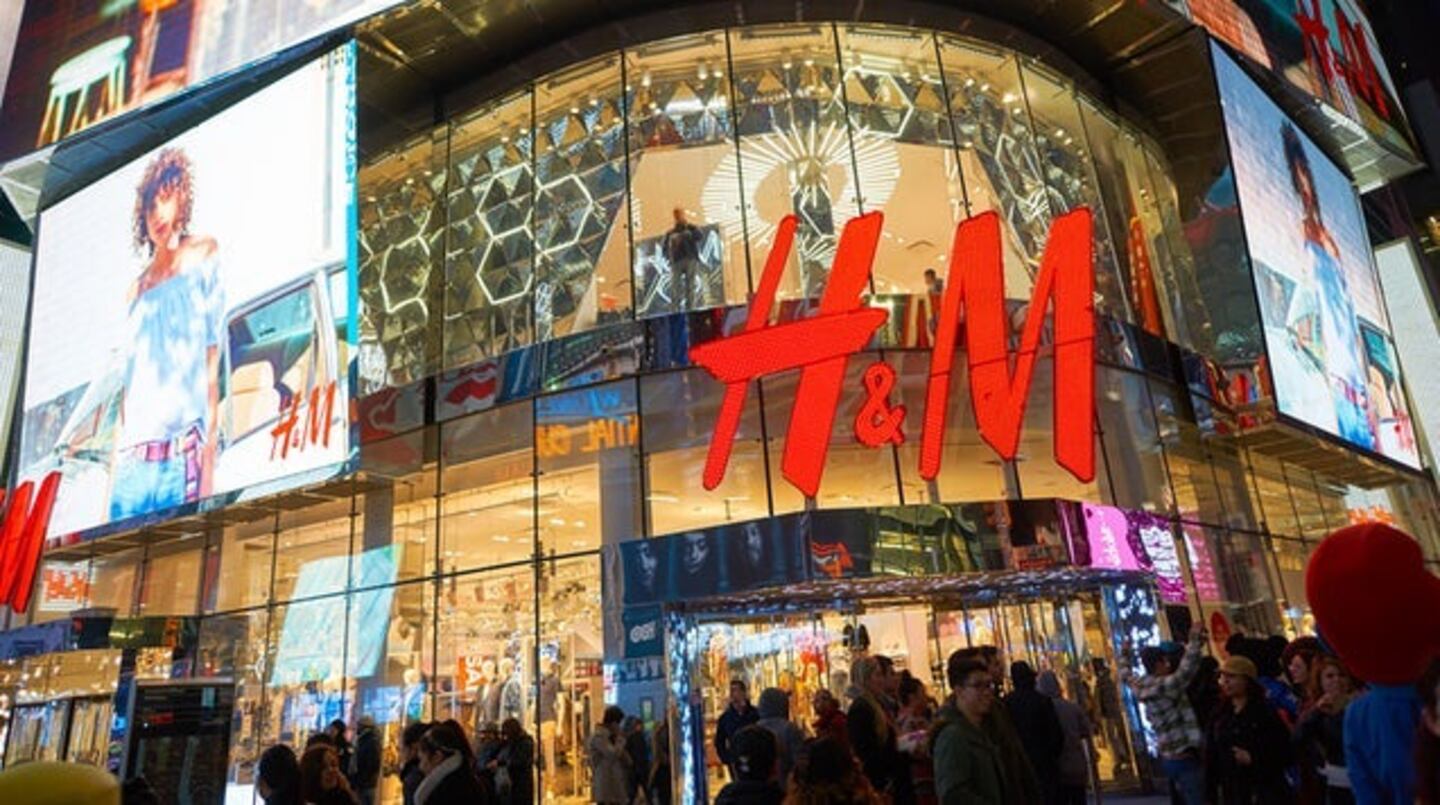
The Business of Fashion
Agenda-setting intelligence, analysis and advice for the global fashion community.

Agenda-setting intelligence, analysis and advice for the global fashion community.

STOCKHOLM, Sweden — H&M, the world's second-biggest fashion retailer, said on Wednesday it had signed a €980 million ($1.1 billion) revolving credit facility to strengthen its liquidity buffer in light of the coronavirus pandemic.
H&M said in a statement the new 12-month bank facility with a 6-month extension option came in addition to an undrawn €700 million facility signed in 2017 and maturing 2024.
"The H&M group’s liquidity remains good. The group is continuing its work to set up a combination of different financing solutions," the statement said.
H&M on April 3 unveiled plans to raise more cash amid other initiatives to mitigate effects from the spread of the coronavirus, as it warned it would make a loss for the first time in decades in its second quarter.
ADVERTISEMENT
Bank SEB coordinated the new facility.
By Anna Ringstrom; editor: Bernadette Baum.
As the German sportswear giant taps surging demand for its Samba and Gazelle sneakers, it’s also taking steps to spread its bets ahead of peak interest.
A profitable, multi-trillion dollar fashion industry populated with brands that generate minimal economic and environmental waste is within our reach, argues Lawrence Lenihan.
RFID technology has made self-checkout far more efficient than traditional scanning kiosks at retailers like Zara and Uniqlo, but the industry at large hesitates to fully embrace the innovation over concerns of theft and customer engagement.
The company has continued to struggle with growing “at scale” and issued a warning in February that revenue may not start increasing again until the fourth quarter.